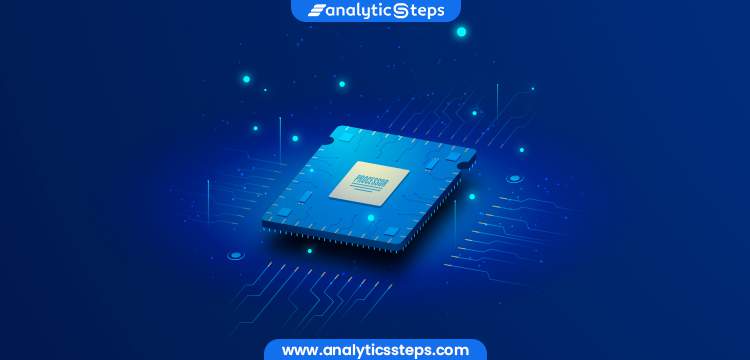Understanding ARM Processor Vs X86
- AS Team
- Sep 05, 2022

A few years ago, there weren’t many options for the architecture of your PC. You either had the x86 from Intel, or the x64 architecture from AMD. Even though x86 architecture is more than two decades old, the vast majority of computers still use it.
However, in recent years, a new rival has started to emerge. The ARM architecture, which runs our smartphones, is gradually encroaching on the PC market. In this article, let’s explore ARM Processor Vs X86.
What Are ARM and X86?
ARM is RISC (Reduced Instruction Set Computing architecture). This indicates that CPUs can execute a finite number of commands. For this reason, the instructions are simple and each instruction completes one cycle.
In contrast, x86 is a Complex Instruction Set Computing (CISC) architecture. It has a lot more instructions as a result. There are at least 981 instructions in x86-64, while the precise number depends on your count.
However, as it is only partially open, it is difficult to obtain actual documentation for ARM, which has closer to 50. The execution of some of these instructions will need multiple cycles, but some instructions can perform tasks that many RISC instructions cannot.
Differences Between the ARM Processor and X86
To be specific, ARM processors are mobile chips by design. ARM is made to be lightweight, and generate less heat. As a result, it is frequently utilized in mobile devices like smartphones. Apple is likewise attempting to move its laptops over to ARM for this reason.
X86 processors use more registers and place a greater emphasis on performance and high throughputs. As a result, there is some excess heat production and electricity consumption.
ARM devices are substantially more energy-efficient by design. They have a simpler design because they are RISC processors. As a result, a PC powered by powered may have a battery life that is significantly longer than x86. The TDP of the Apple M1 is about 10W, compared to the 15W to 45W power consumption range of x86 laptop CPUs. This small design dramatically improves effectiveness.
Which Is Ideal for You?
It largely relies on your PC priorities, but your choice should be based on the platform you want to utilize. If you use a PC, Windows perform best on x86 systems. Windows do support ARM, but it still needs improvement before it can be used properly by all users.
While it features a compatibility layer that allows x86 applications to run on it, this layer is currently under development, so your results can change depending on the apps you intend to utilize. While some of them may function perfectly, others may perform horribly.
However, it's advisable to go with Apple and purchase a MacBook if you want to take advantage of ARM's benefits. Additionally, the majority of the apps you use regularly are either already native or are in the process of becoming native.
Endnote
ARM is made to be lightweight, energy-efficient, and generate less heat. As a result, it is frequently utilized in mobile devices like smartphones. Apple is likewise attempting to move its laptops over to ARM for this reason. Only time will tell if ARM completely dominates the laptop market.
Trending blogs
5 Factors Influencing Consumer Behavior
READ MOREElasticity of Demand and its Types
READ MOREAn Overview of Descriptive Analysis
READ MOREWhat is PESTLE Analysis? Everything you need to know about it
READ MOREWhat is Managerial Economics? Definition, Types, Nature, Principles, and Scope
READ MORE5 Factors Affecting the Price Elasticity of Demand (PED)
READ MORE6 Major Branches of Artificial Intelligence (AI)
READ MOREScope of Managerial Economics
READ MOREDifferent Types of Research Methods
READ MOREDijkstra’s Algorithm: The Shortest Path Algorithm
READ MORE

Latest Comments